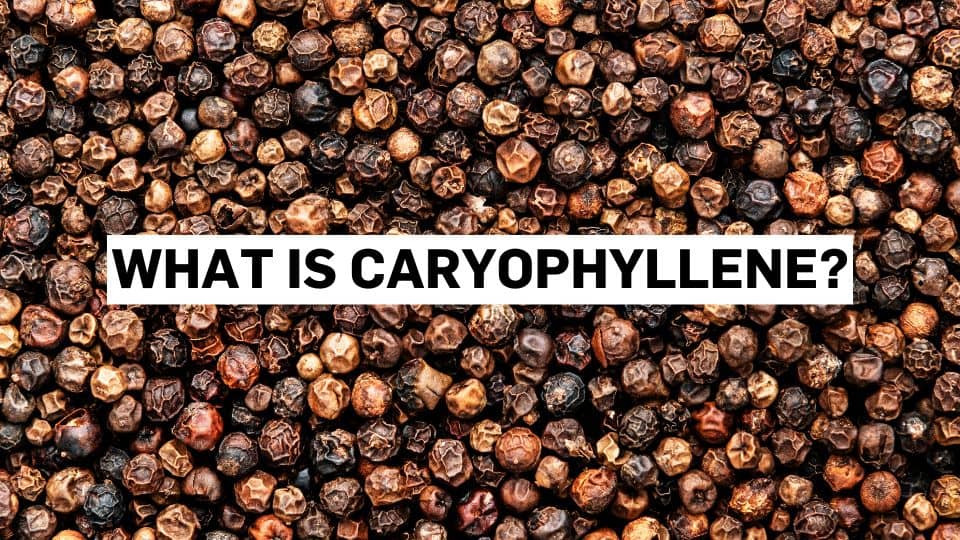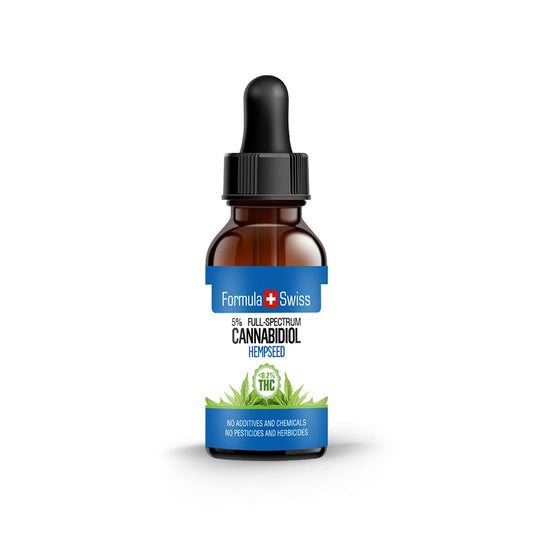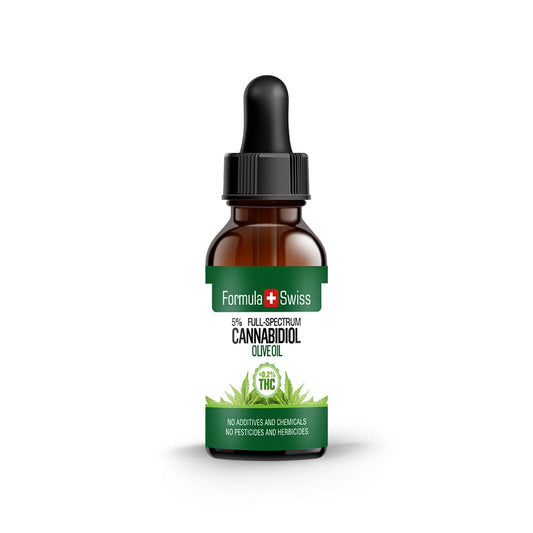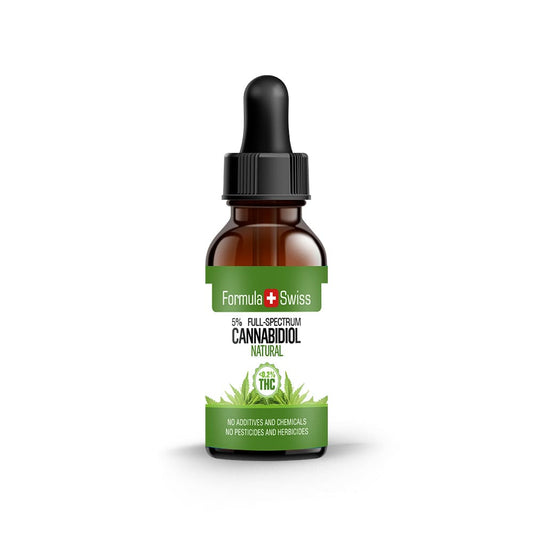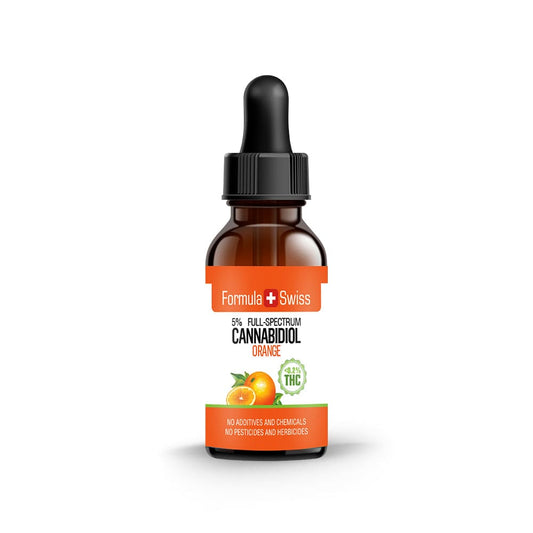Throughout my time in the CBD and hemp industry, terpenes have consistently captivated me, not merely for their fragrance but also for their crucial role in plant biology and product development.
Caryophyllene stands out as one of the most intriguing, with a unique profile that bridges natural function and industrial application.
With over a decade of hands-on experience in the cannabis and hemp industry, I have developed a deep appreciation for the complexity of plant compounds and their many uses. Even with everything changing so quickly, caryophyllene keeps proving why it’s such a standout.
In this article, I will explore the distinctive characteristics of caryophyllene, its presence across various plant species, and its applications across multiple industries. From influencing the aromas of common herbs and spices to its roles in food preservation, agriculture, and renewable materials, caryophyllene exemplifies the versatility of plant-derived compounds.
Drawing on both research and practical field experience, I aim to provide a clear and concise overview of this remarkable terpene and its importance across both traditional and emerging industries.
Prefer watching over reading? This video covers the key points from the article:
Save up to 30% when you order your CBD oil today
Key takeaways
- Caryophyllene is a terpene found in plants like black pepper, cloves, and basil.
- It interacts uniquely with CB2 receptors in the human endocannabinoid system.
- Caryophyllene has insecticidal and antimicrobial properties.
- It is used in food, cosmetics, pest control, and biofuel production.
- Caryophyllene can be converted into advanced biofuels through hydrodeoxygenation (HDO).
This article is provided for informational purposes only and does not relate to any of the products available in our webshop. For more information, please see our full disclaimer.
Definition of terpenes
Terpenes are volatile organic compounds that contribute to the unique aroma profiles found in different types of plants. They are responsible for creating the powerful scents found in herbs such as lavender, rosemary or basil, as well as fruits like oranges or lemons.
While there are around 20,000 different terpenes found in nature (with over 100 present in cannabis alone), each one has its own unique chemical structure that creates a specific scent profile. Many terpenes also work synergistically with other compounds, such as cannabinoids.
Importance of terpenes in plants
Terpenes play an essential role in nature by contributing to various plant functions such as pollination and defence mechanisms against predators. Some terpene profiles act as attractants for pollinators who may help fertilise the plant's flowers, while others act as deterrents against herbivores who may eat away at certain parts of the plant.
The complexity and diversity present within these molecules provide us with a better understanding of how they affect our senses and interact within their respective ecosystems.

The focus on caryophyllene
Caryophyllene is a notable terpene present in a range of plant species such as black pepper, basil, and cloves. What sets caryophyllene apart from other terpenes is its distinctive interaction with the CB2 receptors within the endocannabinoid system (ECS).
This characteristic makes it a subject of particular interest in ongoing research related to plant-derived compounds. Caryophyllene is also a component in certain cannabis strains, contributing to their complex aromatic and chemical profiles.
As research continues to explore the potential of this compound, it's becoming increasingly clear that caryophyllene may have many more uses than just fragrance. By studying this molecule in depth, we can gain valuable insights into how it works.
Order and enjoy up to 30% off your CBD oil purchase
Overview of caryophyllene
Caryophyllene is a terpene commonly present in a variety of plants, including clove, black pepper, and hops. Recognised for its characteristic spicy and woody aroma, it plays a significant role in shaping the scent profiles of these species.
Caryophyllene has gained attention for its versatility in applications such as fragrance development and culinary formulations, where its distinctive aroma qualities are valued.
Chemical structure and properties of caryophyllene
Caryophyllene has the chemical formula C15H24 and belongs to the class of sesquiterpenes. The compound is characterised by a bicyclic ring system with an exocyclic double bond.
Unlike many other terpenes, caryophyllene does not contain any functional groups like hydroxyl or carbonyl groups. This unique structure makes it resistant to oxidation, which enhances its stability when used in various applications.
In terms of physical properties, caryophyllene is a colourless or pale yellow liquid with a boiling point of 263-265°C. It also has a low solubility in water but dissolves well in organic solvents like ethanol and hexane.

Sources of caryophyllene in nature
Caryophyllene occurs naturally in a diverse range of plants, contributing to their distinctive aromatic profiles. It is commonly extracted through steam distillation, a method that isolates this terpene from plant materials. Notable sources of caryophyllene include:
- Clove buds (Syzygium aromaticum)
- Black pepper (Piper nigrum)
- Basil (Ocimum basilicum)
- Oregano (Origanum vulgare)
- Cinnamon (Cinnamomum verum)
- Broccoli
- Leafy greens
- Hops (Humulus lupulus)
These plants offer varying concentrations of caryophyllene, which can be harnessed for use in fragrance and other industrial applications.
Common uses and applications
Caryophyllene has numerous uses across different industries due to its unique properties. In the food industry, it is used as a natural flavouring agent for various dishes such as stews, soups, and baked goods.
It is also a key component in the production of spiced beverages like chai tea and mulled wine. In the cosmetic industry, caryophyllene is used in skincare products.
A recent study published in the journal European Neuropsychopharmacology highlighted the unique properties of caryophyllene, suggesting its relevance in ongoing scientific discussions around natural compounds.
These findings contribute to the growing interest in its potential applications across personal care products, offering an alternative to more conventional ingredients.
Caryophyllene’s distinct chemical structure and characteristics make it a remarkably versatile compound, contributing to a wide range of applications across various industries. Its notable qualities continue to draw attention from researchers and product developers, securing its place as one of the most significant terpenes occurring in nature.
Order CBD oil now and save as much as 30%
Culinary uses of caryophyllene
The terpene caryophyllene is widely studied for its distinctive interaction with biological systems and its unique flavour profile that lends itself to various culinary uses. Its peppery, spicy, and woody notes make it an excellent addition to many dishes.

Flavour profile and aroma
Caryophyllene's aroma is described as peppery, spicy, and woody. It has a slightly sweet undertone that adds complexity to its overall taste. Its flavour profile makes it an ideal ingredient in savoury dishes such as stews, soups, curries, and marinades. Additionally, its unique aroma makes it popular in the production of beverages such as beer and gin.
Common foods that contain caryophyllene
Caryophyllene can be found in various foods we consume daily. Some of these include black pepper, cloves, cinnamon, basil leaves, oregano leaves, thyme leaves, among others. Black pepper contains high amounts of caryophyllene.
Use in food preservation
Caryophyllene's antimicrobial characteristics contribute to its usefulness in food preservation contexts. The compound can help reduce spoilage by inhibiting the growth of bacteria on food surfaces or within packaged foods. It is commonly used in the preservation of meat products such as sausages.
Caryophyllene's unique aroma and flavour profile make it an excellent addition to various cuisines worldwide due to its ability to enhance savoury dishes' taste profiles whilst offering notable aromatic and chemical characteristics.
Its use extends beyond culinary arts, thus making it a versatile compound worth exploring further for its industrial uses, like food preservation applications.
Industrial uses of caryophyllene
Use as a natural insecticide and pesticide
One of the most exciting industrial uses of caryophyllene is its potential as a natural insecticide and pesticide. A 2023 study published in Phyton - International Journal of Experimental Botany has shown that this terpene has strong insecticidal properties that can be used to control harmful pests.

Additionally, caryophyllene is effective in repelling mosquitoes, which can carry dangerous diseases like malaria and dengue fever. Caryophyllene is particularly useful because it is a natural compound that does not harm the environment.
Unlike synthetic pesticides, it does not leave harmful residues on crops or pollute water sources. This makes it an ideal choice for farmers who are seeking to grow organic produce without resorting to toxic chemicals.
Potential use in the production of biofuels
Caryophyllene also holds promise as a potential biofuel source. Researchers have identified this terpene as a potential feedstock for the production of advanced biofuels, which are renewable fuels made from non-food sources like waste products and plant materials.
One study published in the journal Energies found that caryophyllene could be converted into advanced biofuels using a process called hydrodeoxygenation (HDO), which removes oxygen atoms from the compound and turns it into high-energy liquid fuels.
This could have significant implications for reducing our dependence on fossil fuels and mitigating climate change.
The presence of caryophyllene in cannabis
Caryophyllene is widely recognised as one of the key terpenes in cannabis, contributing to the plant's distinct aromatic complexity. Found in varying concentrations across different strains, this terpene imparts a peppery, woody aroma that can influence how a particular cultivar is perceived by consumers.

Its presence enhances the overall sensory profile of cannabis, making certain strains stand out for their bold, spicy scent. The variability of caryophyllene levels across cannabis strains reflects not only genetic differences but also environmental and cultivation factors, which together shape the plant’s final composition.
This makes caryophyllene a point of interest for breeders, cultivators, and producers aiming to refine aromatic qualities for specific applications.
Genetic influence on caryophyllene content in cannabis
The genetic makeup of a cannabis strain plays a significant role in determining its terpene profile, including the presence and concentration of caryophyllene. Some cultivars are selectively bred to enhance specific terpenes, and caryophyllene-rich strains are often favoured for their distinctive spicy aroma.
Breeders may choose parent plants with higher natural caryophyllene levels to develop new strains that emphasise these aromatic qualities, allowing for tailored profiles that appeal to different consumer preferences.
Impact of cultivation techniques on caryophyllene levels
Beyond genetics, cultivation practices such as light exposure, soil composition, and nutrient availability can significantly affect the production of caryophyllene in cannabis plants. Growers who optimise these conditions can influence the quantity and balance of terpenes, including caryophyllene, enhancing the plant’s final aroma.
Additionally, post-harvest processes like curing and drying also impact terpene retention, meaning that careful handling is crucial to preserving caryophyllene's robust scent throughout the production cycle.
Personal perspective
Caryophyllene holds considerable significance within both plant biology and industries such as wellness, culinary arts, and agriculture.
With a background in CBD and hemp production, I recognise the importance of terpenes such as caryophyllene not only for their aromatic contributions but also for their intriguing interactions within biological systems, particularly the endocannabinoid system.
Caryophyllene stands out due to its distinctive interaction with CB2 receptors, a characteristic uncommon among terpenes, making it a notable subject of interest in cannabinoid research.
As scientific inquiry continues to expand understanding of this compound, there is growing optimism about its potential applications, from food preservation to the development of sustainable biofuels. Its role in natural pest management further highlights its versatility beyond traditional industry boundaries.
For those deeply engaged in hemp and cannabis research, caryophyllene presents exciting opportunities for product development that prioritise both performance and environmental responsibility.
Don’t miss out—save up to 30% when you purchase CBD oil today
Frequently asked questions
What is caryophyllene?
Caryophyllene is a terpene found in various plants, known for its spicy, woody aroma. It contributes to the scent and flavour of species like black pepper, cloves, and basil.
Which plants are rich in caryophyllene?
Caryophyllene is commonly present in clove buds, black pepper, basil, oregano, cinnamon, broccoli, leafy greens, and hops.
How is caryophyllene extracted from plants?
The typical method for extracting caryophyllene from plant material is steam distillation, which isolates the terpene without degrading its quality.
What are the chemical properties of caryophyllene?
Caryophyllene belongs to the sesquiterpene class, with the formula C15H24. It has a bicyclic structure with an exocyclic double bond and is resistant to oxidation, enhancing its stability in industrial use.
What role does caryophyllene play in plants?
Caryophyllene contributes to plants’ aromatic profiles and acts as a defence mechanism, deterring herbivores and attracting pollinators.
How is caryophyllene used in the food industry?
Caryophyllene is employed as a natural flavouring agent in dishes like stews, soups, curries, and baked goods. It also appears in spiced beverages such as chai tea and mulled wine.
What is the aroma profile of caryophyllene?
Caryophyllene carries a peppery, spicy, and woody aroma with slight sweet undertones, making it a valued ingredient in both culinary and fragrance formulations.
Can caryophyllene be used for food preservation?
Yes, caryophyllene has antimicrobial properties that make it effective in food preservation, particularly for products like sausages, by inhibiting bacterial growth.
What are the industrial applications of caryophyllene?
Beyond food, caryophyllene is used as a natural insecticide and pesticide, offering an eco-friendly alternative to synthetic chemicals in agricultural settings.
Is caryophyllene considered for use in biofuel production?
Yes, research indicates that caryophyllene can serve as a feedstock for advanced biofuels through hydrodeoxygenation processes, presenting a renewable energy option from plant-based materials.

